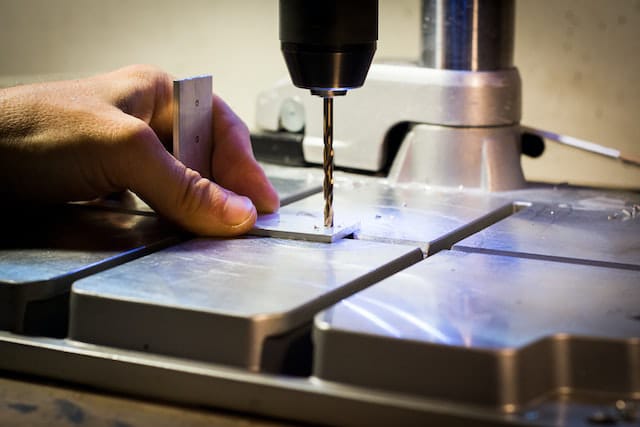The process of aging aluminum is used to acquire a vintage look. It is used with aluminum that otherwise would have a shiny, bright appearance. There are several ways to age aluminum; each method has advantages and disadvantages. Often, the choice of which method to use is determined by the desired effect of the finished product. Aging aluminum isn’t hard—it just takes a bit of planning to make sure that your project looks like what you want it to be. Additionally, various chemical products can be used to enhance the aging process, but they also have their own advantages and disadvantages.
Contents
Methods of aging aluminum
There are several common methods on how to age aluminum. The easiest is to leave it in a tub of black tea or coffee for about a month. This will cause the aluminum to take on a creamy color and give it a very antiqued appearance. A longer period in the liquid will result in darker colors and more contrast between the treated area and the rest of the piece. Another simple method is using an acid solution, such as vinegar or lemon juice, which will produce a beautiful, aged look. The acid works by slowly eating away at the surface of the metal, creating small pits that add character and interest. These effects are most noticeable on polished surfaces but will occur on any finish. The amount of time left in the solution can vary depending on your desired outcome. A few hours may be enough to produce some contrast between the protected areas, and those exposed to the acid while leaving it overnight might achieve a nice dark brown color with some contrast between lighter and darker areas. A third way to age aluminum is by using heat from an open flame or a torch-style lighter among other methods.
Why it is recommended
1. Increased ductility
When aluminum is subjected to aging, a process that increases its ductility, it becomes more flexible. For instance, a metal part made from aging aluminum can be formed into an intricate shape that could not be made with non-aging aluminum. Ductility is also why the aircraft industry still uses aging aluminum for some parts today, despite the fact that it costs more than an equivalent amount of non-aging aluminum. On a related note, aging aluminum requires less energy to produce. This is because less energy is required to achieve the same ductility level in aging aluminum compared to non-aging aluminum.
This material property is advantageous for several reasons. First, the greater the ductility of a material, the less likely it is to fracture under stress. Second, increased ductility allows objects to bend and flex more easily without breaking; for example, a piece of metal that bends rather than breaks might be able to continue holding an object in place even after bending. Third, when aluminum is made into a sheet or wire, its greater ductility makes it easier to draw into thin wires without breaking.
2. Increased hardness
Aging improves the mechanical properties of aluminum and increases its hardness by as much as 20 percent. This is due to a phenomenon called “age-hardening.” Aging causes the structure of the metal to change at the atomic level. The crystalline structure of a metal is responsible for its strength, so changing it means the material becomes harder and stronger. Casting aluminum, in particular, can be an excellent way to age it because of how fast the metal cools in the mold. As aluminum cools, it draws away heat from the mold’s surface and thus accelerates aging even more.
3. Improved corrosion resistance
Aging increases corrosion resistance significantly compared to unaged metal panels because it makes them more resistant to hydrogen embrittlement (by removing residual hydrogen), which can cause cracking and premature failure of components made from unaged aluminum. This makes it an excellent choice for applications such as HVAC systems where corrosion resistance is essential for maintaining performance over time.
In conclusion, there is a multitude of different benefits to aging aluminum. Your new aluminum frame should be left to age for at least a week before riding it. Not only will this process make your frame more rigid, but it will also help prevent any finish damage you could otherwise encounter in the coming years. This guide attempts to explain why this is recommended.

0 Comments